Autonomous Mobility Team
Stable interaction Recently, autonomous vehicle technology has been receiving considerable attention with the increased interest in the 4th industrial revolution. An Autonomous vehicle is a vehicle that is capable of sensing its environment and moving safely with little or no human intervention. In order to develop an autonomous vehicle, various technologies are required, including vehicle state identification, surround mapping, sensor fusion, path planning, motion control. Ever since the start of our participation at the autonomous vehicle competitions organized by Hyundai Motors, IRiS Lab has been conducting autonomous vehicle research since 2010. Our research mainly focused on navigation, typically, localization, mapping, obstacle detection, and path planning. Our expertise, based on many years of experience in autonomous vehicle competitions, has enabled us to build a robust and practically available autonomous driving solution in real road environments.
Team history
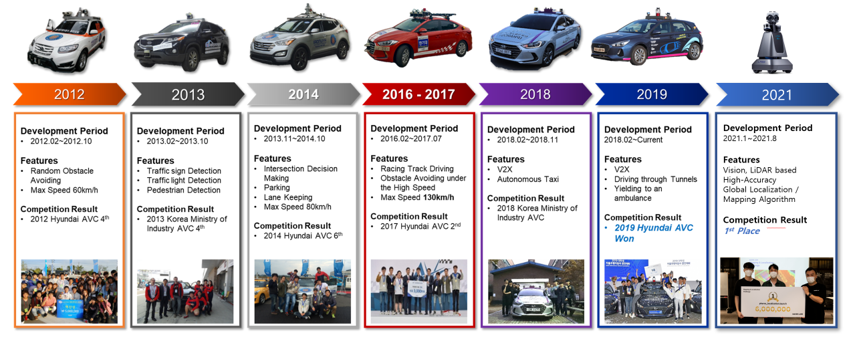
Researchers
Younghun Cho / Ph.D student
Yong-Jun Kim / Ph.D student
Sangmin Lee / Ph.D student
DongHyun Choi / M.S student
Handong Lee/ B.S student
Research Area
Autonomous Driving without prior information
This research introduces a new way to locate vehicles using freely available maps, rather than needing maps that were previously made using a specific technology called LiDAR. Our new research focus enable vehicle localization using light-weight descriptors from OpenStreetMap or publicly available map. This method is a step forward because it can be used anywhere, not just in places where LiDAR maps already exist. Additionally, this method performs just as well, if not better than those methods that rely on LiDAR maps. Different with other prior method for autonomous driving, our research focus to enable autonomous vehicle can drive even without prior information like humans, further, better than humans.
Teleoperated Driving
This research focuses on developing a solution for when self-driving vehicles encounter a malfunction or disabled state. The proposed approach revolves around teleoperation driving technology, which enables a human operator to remotely control the vehicle. This method is especially useful in scenarios where the autonomous systems of the vehicle fail or become incapacitated. It essentially serves as a backup system, ensuring that the vehicle can be safely and manually operated until the issues are resolved, thereby enhancing the safety and reliability of autonomous vehicles.

Equipment List
Platform

Mobile Platform / Hyundai i30 PD 2018
- Autonomous Platform
- 2x SFF PC
- 2x SFF GPGPU
- 1x FPGA (NI Compact-Rio)
- Fully Actuated (Lat. Long. Control)
- 280Ah/500w Capacity

Mobile Platform / Clearpath robotics HUSKY
- Autonomous Guided Vehicle
- 1x NUC
- 4-Wheel Rugged Platform
Sensors
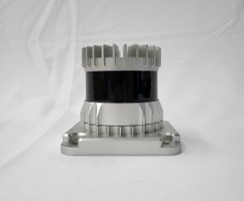
LiDAR / Ouster OS1-128 (Gen. 3 / L2X)
- HFoV : 360°
- VFoV : 45°
- Range : 120m / Up to 200m (5Hz)
- Channel : 128

LiDAR / Velodyne VLP-16 (Rev. 2)
- HFoV : 360°
- VFoV : 30°
- Range : 120m
- Channel : 16
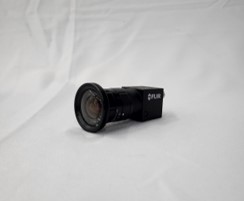
Camera / FLIR BlackFlyS (USB 3)
- FoV : 145°
- RGB / Gray-Scale
- Up to 120FPS
Depth-Camera / Intel Real-Sense
- L515 / D435 / D455 / T265
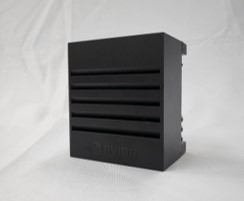
SFF / NVIDIA Jetson AGX Xavier Devkit
- Max 30w
- ARM 8.2 8-Core CPU
- 512-CUDA Core / 64-Tensor Core (32TOPS GPU)
- 100 x 87mm
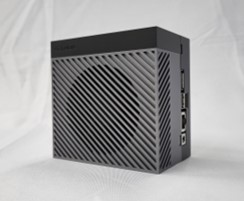
SFF / NVIDIA Jetson AGX Orin Devkit
- Max 60w
- ARM 8.2 12-Core CPU
- 2048-CUDA Core / 64-Tensor Core (275TOPS GPU)
- 110mm x 110mm x 71.65mm
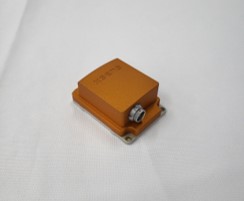
AHRS / Xsens MTI-30G
- MEMS IMU
- Roll-Pitch Acc. : 0.2°(Static) / 0.5°(Dynamic)
- Heading Acc. : 1.0°(Mag)
- In-run bias Stability : 18°hr (Gyroscope) / 15 µg (Accelerometers)
- Up to 2 kHz
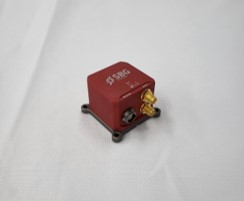
RTK-INS / SBG Systems Ellipse-D
- Dual-Ant. GNSS-INS
- Pos Acc. : 1cm RTK /PPK + 1 ppm
- Roll-Pitch Acc. : 0.1°(SP) / 0.05°(RTK)
- Heading Acc. : 0.8°(Mag) / 0.2°(Dual-ANT)
- In-run bias Stability : 7°hr (Gyroscope) / 14 µg (Accelerometers)
- Up to 100Hz CAN
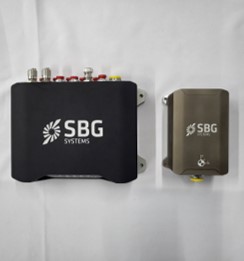
RTK-INS-GT / SBG Systems NAVSIGHT-S (RTK-Trans.)
- Tri-Freq. GPS Receiver
- RTK/PPP ready
- Multi-constellations
- 2x GNSS, RTCM, DVL
- GPS, GLONASS, GALILEO, BEIDOU, L1/L2/L5, RTK, RAW
RTK-INS-GT / SBG Systems APOGEE-D (near-FOG IMU)
- Pos Acc. : 1cm RTK /PPK + 1 ppm
- Roll-Pitch Acc. : 0.01°(SP,RTK) / 0.005°(PPK)
- Heading Acc. : 0.03°(SP,RTK) / 0.02°(PPK)
- In-run bias Stability : <0.08°hr (Gyroscope) / <15 µg (Accelerometers)
- Up to 2 kHz
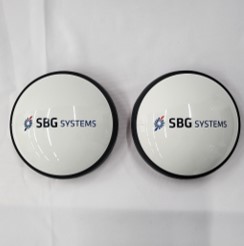
GNSS ANT / Tallysman VeroStar VSP6037L
- Survey-Grade Rugged ANT.
- GPS/QZSS : L1/L2/L5/L6
- GLONASS : G1/G2/G3
- Galileo : E1/E5a/E6
- BeiDou : B1/B2/B2a/B3
- NavIC/SBAS : L5 L-band Correction
ETC.
3D Printer
FDM
- Markforged Onyx One
- Markforged Mark Two
- Stratasys F123
- Zotrax Z300
- Cubicon Single 110F
- Cubicon Style 220C
SLA
- Formlabs Form 3+
Deep-Learning Server
Server 1
- CPU : Intel i9 10900k
- RAM : 128GB
- GPU : NVIDIA RTX A6000 48GB x3
Server 2
- CPU : Intel Xeon E5
- RAM : 256GB
- GPU : NVIDIA Tesla V100 11GB x4
Server 3
- CPU : TBD
- RAM : TBD
- GPU : NVIDIA RTX A6000 Ada 48GB x4
